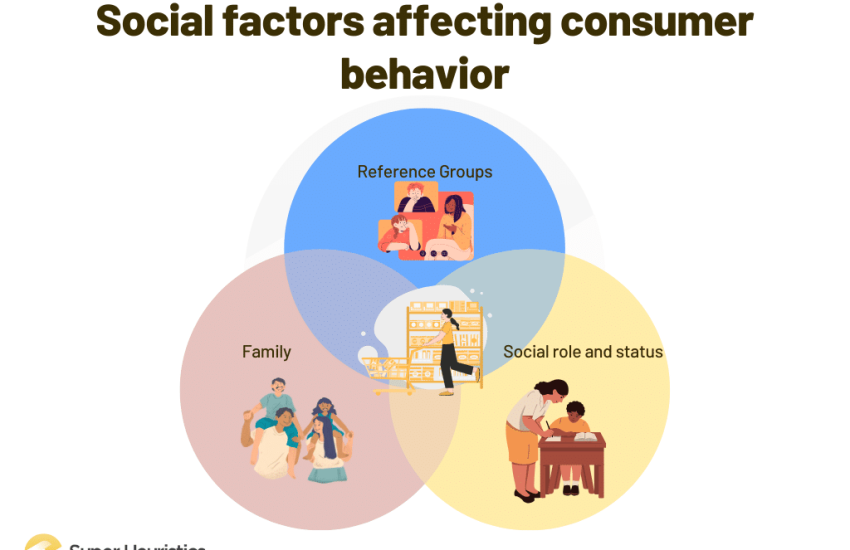The Influence of Culture on Family Structures
Family structures vary widely across cultures, with each society having its own unique norms and values that shape the way families are organized. In the tech world, understanding how culture influences family structures is essential for creating products and services that cater to a diverse global audience.
Cultural Values and Family Dynamics
Cultural values play a significant role in shaping family structures. For example, in collectivist cultures such as those in East Asia, family is prioritized above the individual, and multi-generational households are common. This has implications for tech products that cater to families, as they may need to consider the needs and preferences of multiple generations living under one roof.
In individualistic cultures like those in the United States, families are typically nuclear, with a focus on individual autonomy and self-expression. Tech products designed for these societies may need to emphasize personalization and customization to resonate with consumers who value their independence.
Gender Roles and Technology
Gender roles also play a significant role in shaping family structures, with different cultures having varying expectations for men and women within the household. In some societies, women are primarily responsible for caregiving and domestic duties, while men are expected to be the primary breadwinners. This can influence the way families interact with technology, with women potentially being more interested in devices that support their caregiving responsibilities, such as smart home assistants or parenting apps.
On the other hand, in societies where gender roles are more egalitarian, both men and women may share caregiving responsibilities equally. Tech products designed for these cultures may need to be gender-neutral and appeal to both male and female users equally.
Technology and Family Communication
Technology has revolutionized the way families communicate with each other, allowing them to stay connected across distances and time zones. In collectivist cultures, where family ties are strong, technology can help bridge the gap between family members who may be geographically separated. Video calls, messaging apps, and social media platforms can all facilitate communication and maintain familial relationships.
However, in some cultures, there may be concerns about the impact of technology on family dynamics. For example, in societies where face-to-face communication is highly valued, there may be resistance to the use of technology for family interactions. Tech companies need to be mindful of these cultural differences and ensure that their products facilitate meaningful communication and connection within families.
Conclusion
Understanding the influence of culture on family structures is crucial for tech companies looking to create products and services that resonate with a global audience. By taking into account cultural values, gender roles, and communication dynamics, tech companies can design products that meet the diverse needs and preferences of families around the world.
By embracing cultural diversity and inclusivity in their product development process, tech companies can create innovative solutions that enrich the lives of families across different cultures.
Stay tuned with us for more articles on tech niche!


